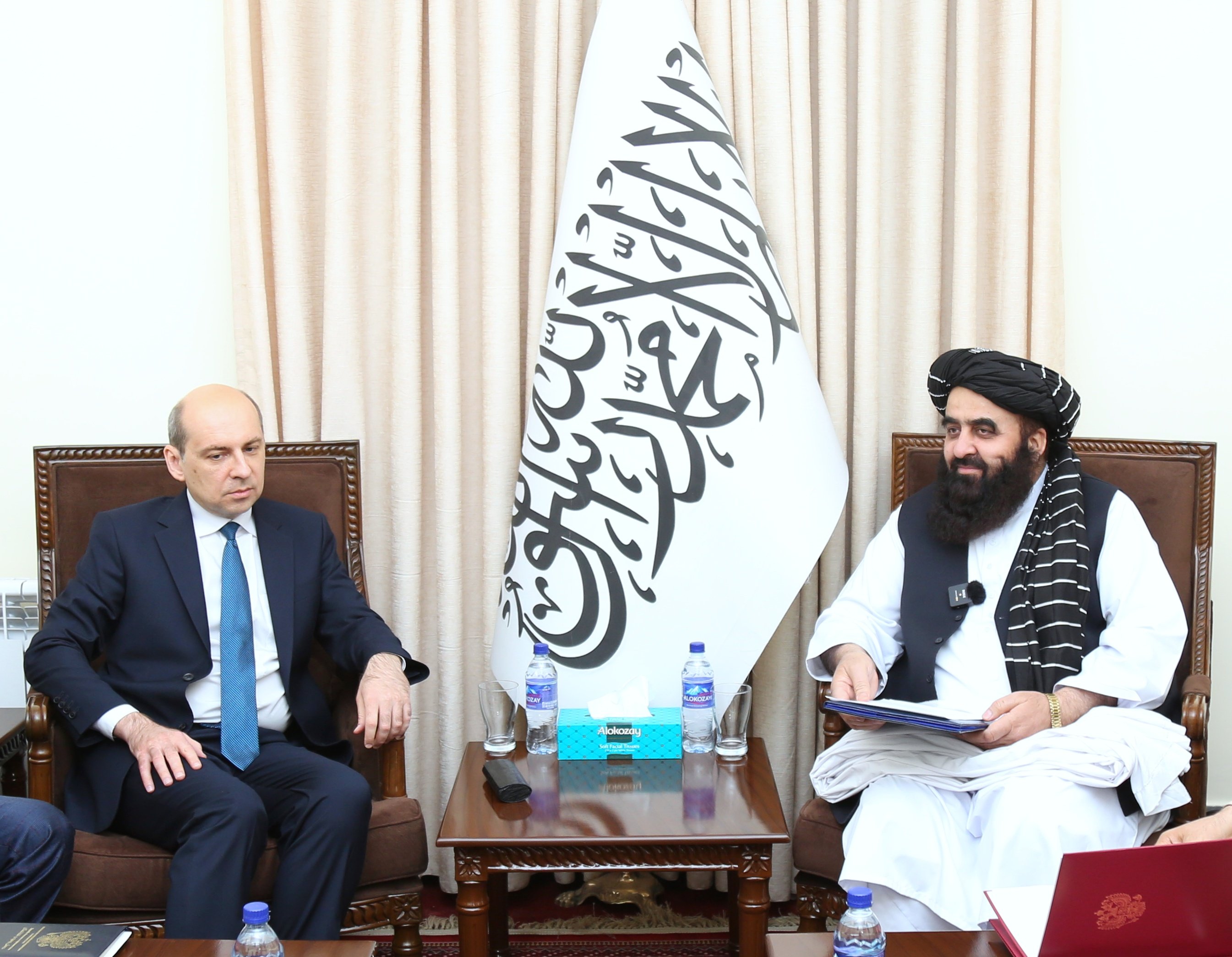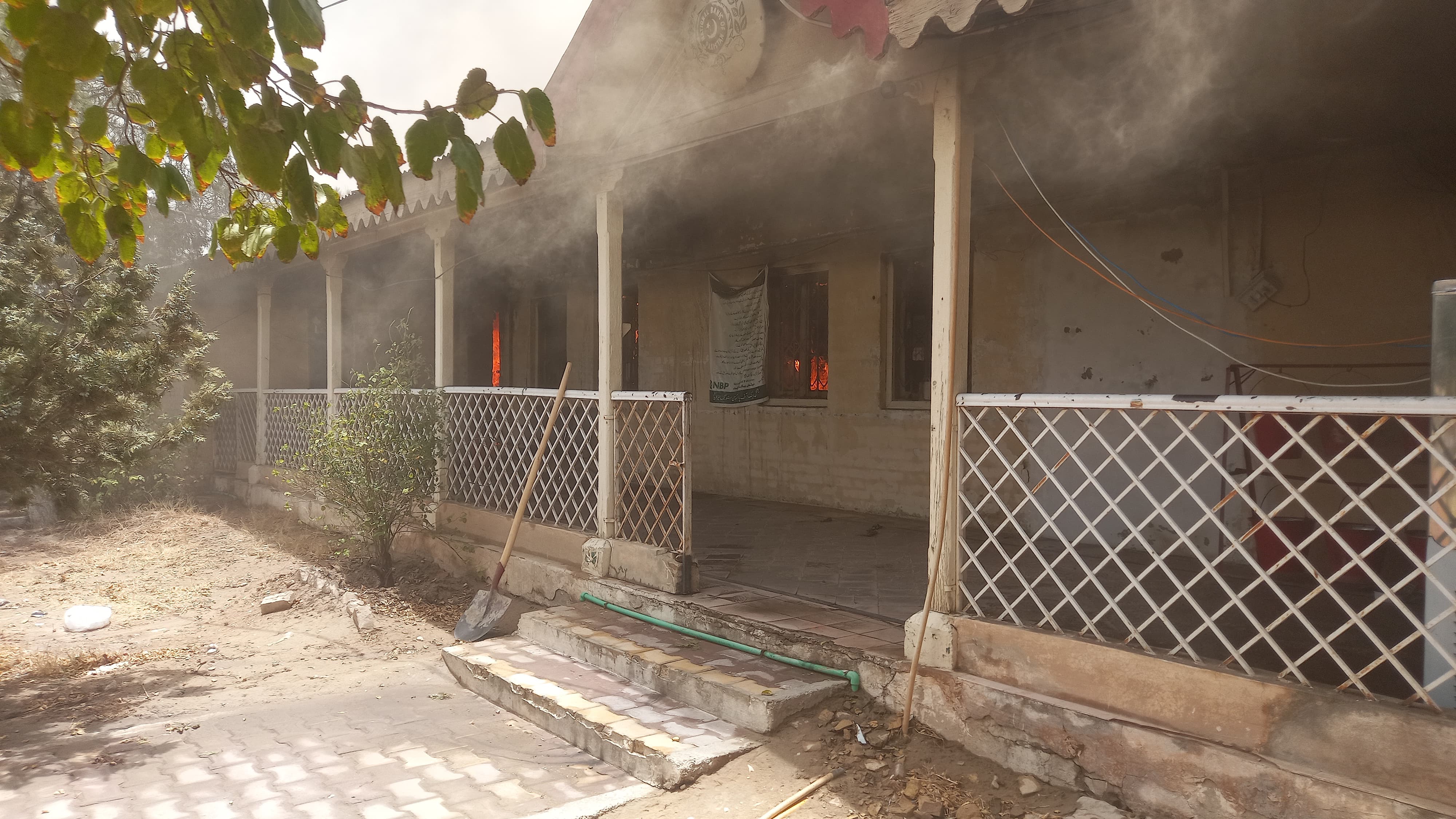Problems Facing Indian Economy
1. Inflation.
Fuelled by rising wages, property prices and food prices inflation in India is an increasing problem. Inflation is currently between 6-7%. A record 98% of Indian firms report operating close to full capacity (2)With economic growth of 9.2% per annum inflationary pressures are likely to increase, especially with supply side constraints such as infrastructure. The wholesale-price index (WPI), rose to an annualised 6.6% in Janu 2007 (1)
2. Poor educational standards.
Although India has benefited from a high % of English speakers. (important for call centre industry) there is still high levels of illiteracy amongst the population. It is worse in rural areas and amongst women. Over 50% of Indian women are illiterate
3. Poor Infrastructure.
Many Indians lack basic amenities lack access to running water. Indian public services are creaking under the strain of bureaucracy and inefficiency. Over 40% of Indian fruit rots before it reaches the market; this is one example of the supply constraints and inefficiencys facing the Indian economy.
4. Balance of Payments deterioration.
Although India has built up large amounts of foreign currency reserves the current account deficit has deteriorate in recent months. This deterioration is a result of the overheating of the economy. Aggregate Supply cannot meet Aggregate demand so consumers are sucking in imports. Excluding workers remittances Indias current account deficit is approaching 5% of GDP
5. High levels of debt.
Buoyed by a property boom the amount of lending in India has grown by 30% in the past year. However there are concerns about the risk of such loans. If they are dependent on rising property prices it could be problematic. Furthermore if inflation increases further it may force the RBI to increase interest rates. If interest rates rise substantially it will leave those indebted facing rising interest payments and potentially reducing consumer spending in the future
6. Inequality has risen rather than decreased.
It is hoped that economic growth would help drag the Indian poor above the poverty line. However so far economic growth has been highly uneven benefiting the skilled and wealthy disproportionately. Many of Indias rural poor are yet to receive any tangible benefit from the Indias economic growth. More than 78 million homes do not have electricity. 33% (268million) of the population live on less than $1 per day. Furthermore with the spread of television in Indian villages the poor are increasingly aware of the disparity between rich and poor. (3)
7. Large Budget Deficit.
India has one of the largest budget deficits in the developing world. Excluding subsidies it amounts to nearly 8% of GDP. Although it is fallen a little in the past year. It still allows little scope for increasing investment in public services like health and education.
8. Rigid labour Laws.
As an example Firms employing more than 100 people cannot fire workers without government permission. The effect of this is to discourage firms from expanding to over 100 people. It also discourages foreign investment. Trades Unions have an important political power base and governments often shy away from tackling potentially politically sensitive labour laws.






























